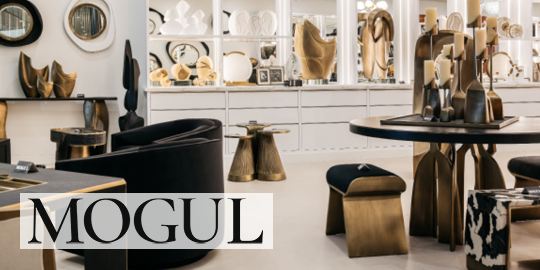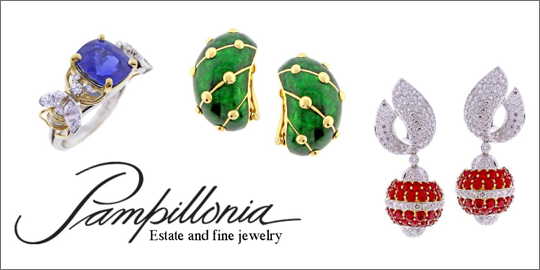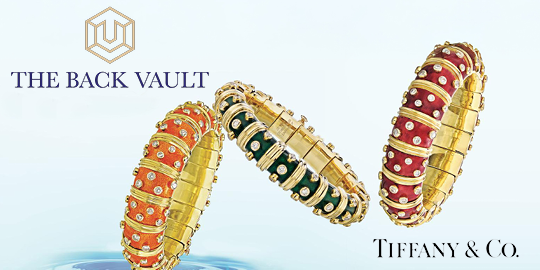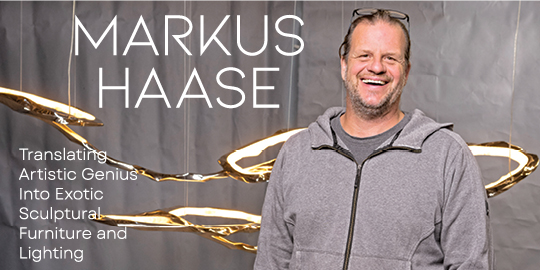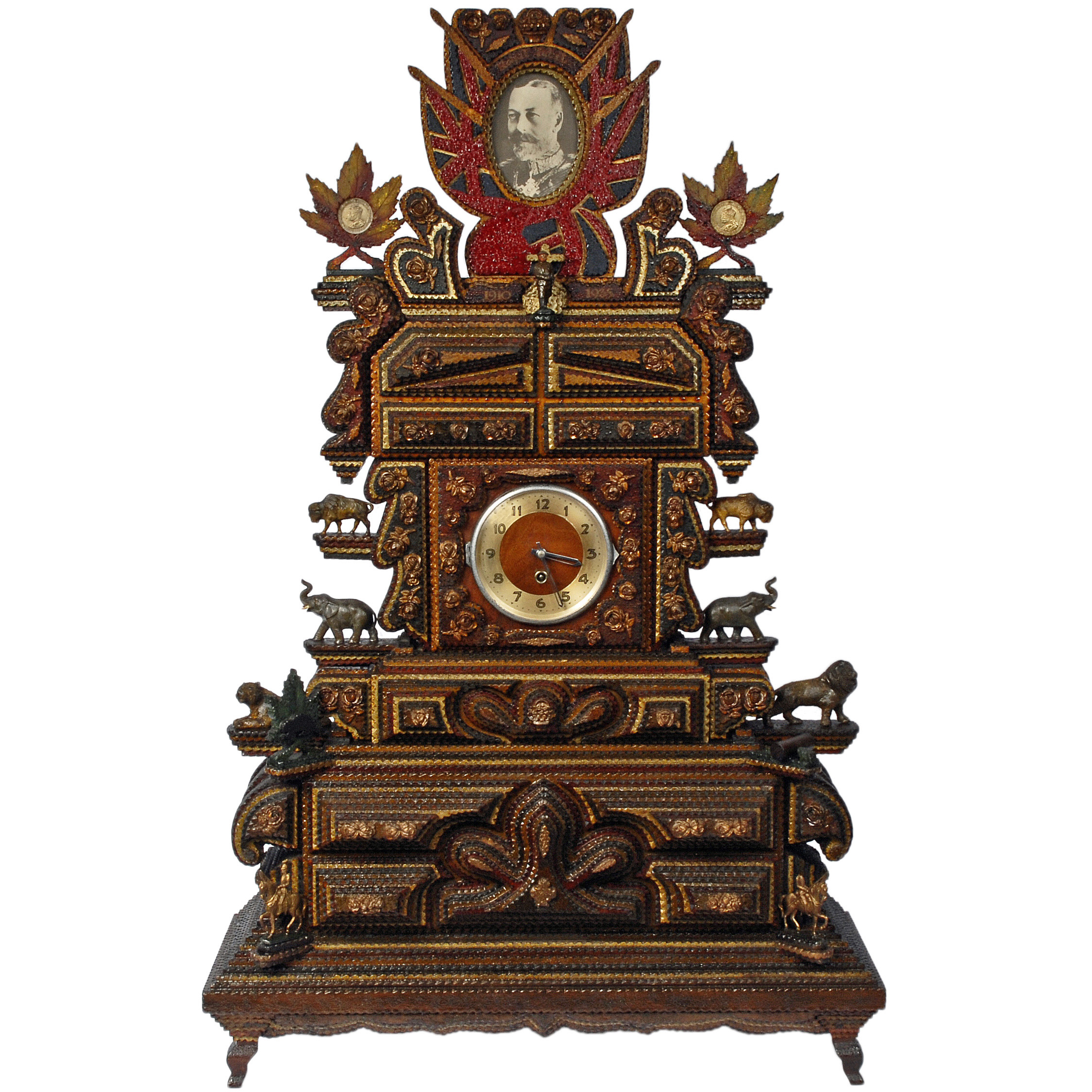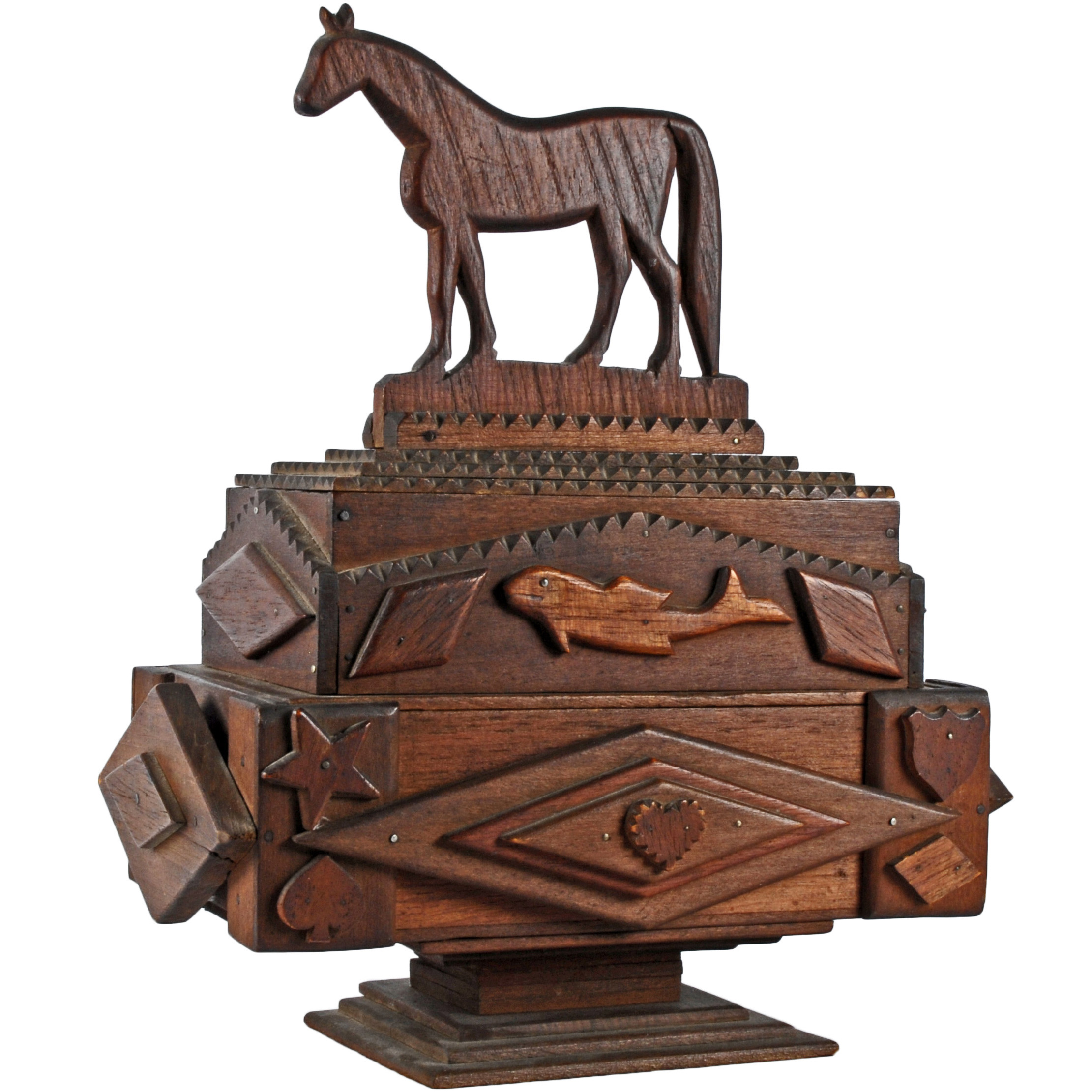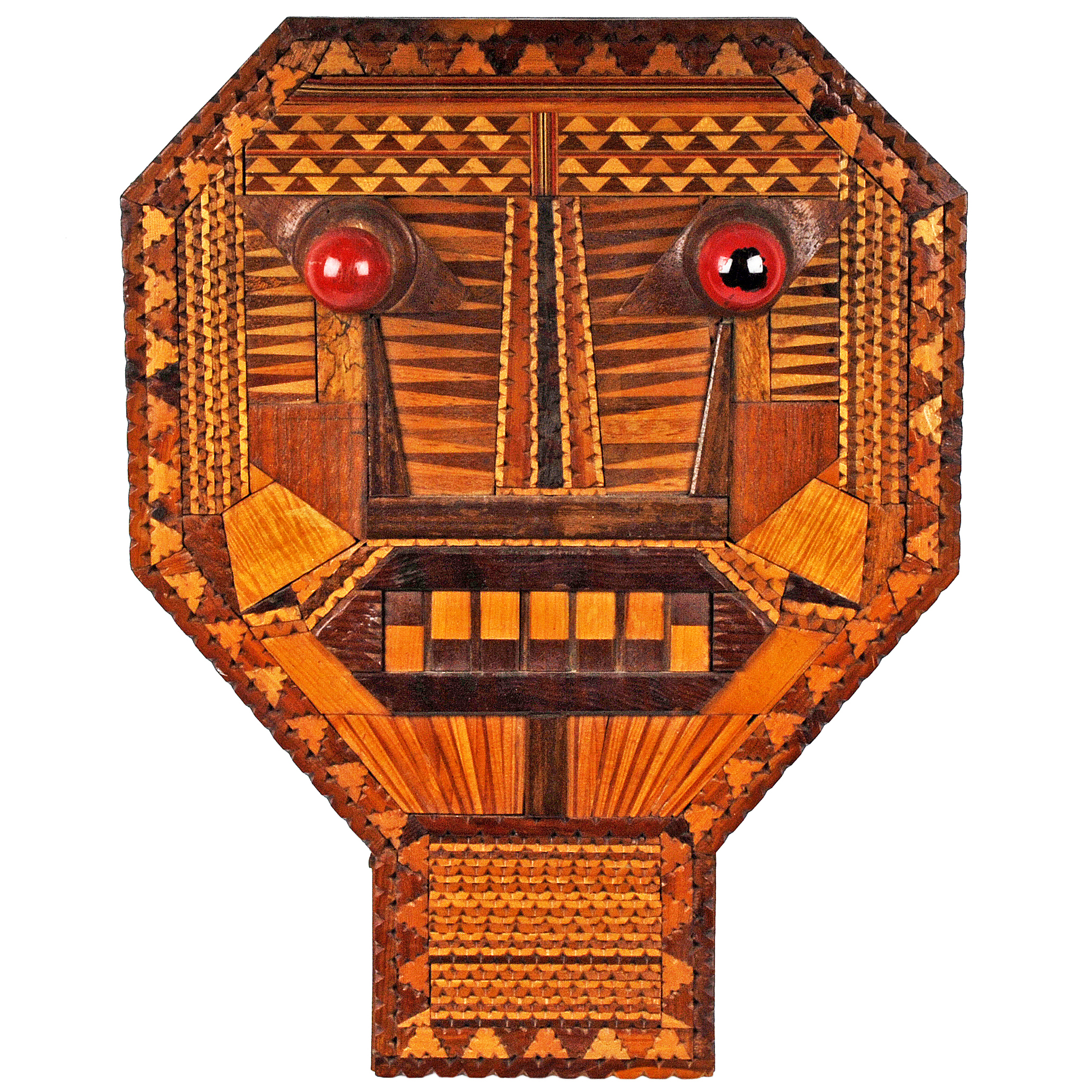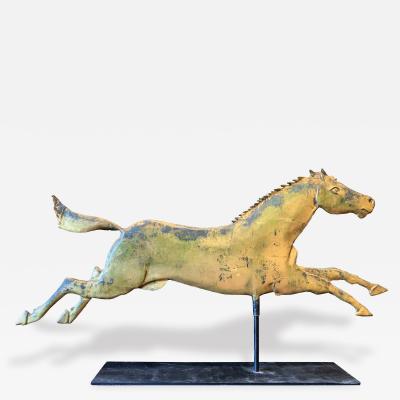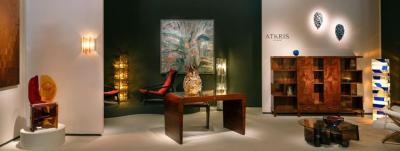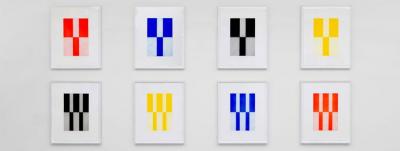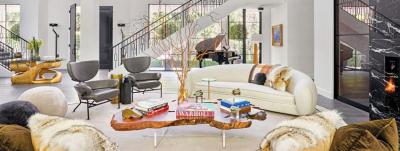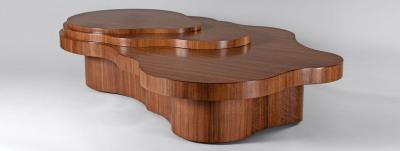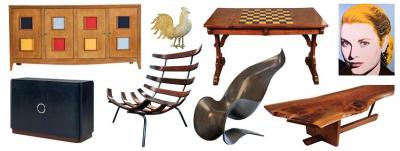The Art of Layered Inspirations: Was Tramp Art an Art Movement?
According to the definition of an art movement on Wikipedia:
An art movement is a tendency or style in art with a specific common philosophy or goal, followed by a group of artists during a restricted period of time, or, at least, with the heyday of the movement defined within usually a number of years.
That definition would certainly fit tramp art. Tramp art is a woodworking style in which small pieces of wood, primarily from discarded cigar boxes and shipping crates, are whittled, notched, and assembled into layers with geometric patterns. It was popular between 1870 and the 1940s, when production started to wane. Although I hesitate to think of the art form in relation to the great movements of art history, tramp art did exhibit a worldwide presence and had an effect on our creative history — especially in the art of the common man. Did tramp artists have shared philosophies or goals? Absolutely. They shared a vision to create art out of society’s discards long before it was fashionable. Many were farmers, factory workers, delivery men, laborers, miners, neighbors, fathers, and husbands, a generation of men whose talents were celebrated not in museums or art galleries but in the home. The amount of artifacts that survive today testifies to its enduring appreciation among the people who lived with and used the tramp art objects — created not in the schools or workshops that taught or produced art but in the home.
Men’s Quilting
For all the benefits of using fine woods — usually soft and easy to carve — the main drawback was its size was very limiting. Tramp artists commonly used cigar boxes, which were constructed of only six small, thin pieces of wood. To make even the simplest tramp art box or frame one would need multiple cigar boxes, and taking them apart was tedious work. Often artists would remove the paper label from the underside of the lid or take great pains to hide them. What was the drive to use such a limited sized material to make art? One connection is with quilt making, a handcraft that was popular during the time that tramp art flourished. Both quilt makers and tramp artists, by combining small pieces cut from larger ones, were able to make something useful. The techniques used by the quilt maker, as she stitched segments together, and the carver, as he notched edges on each layer, were uniquely similar and accomplished in a similar repetitive fashion. The cigar box, although a hindrance in one area as far as its size and thickness, was probably inspirational in other ways. Boxes of fine woods lent themselves to inspire creative individuals in an age when most items were made by hand. People were comfortable working with wood, and most men had a jack knife, a handy tool used for whittling or carving.
Tramp art differs from quilt making in that small shapes are layered to build up mass; the scale of the raw material does not limit its potential to become functional art. Tramp artists were able to transcend the limits of the wooden cigar box sometimes in heroic fashion. It has been assumed that there were probably patterns to account for stylistic similarities in tramp art. While there were patterns available for making quilts, hooked rugs, pyrography, fret work, chip carving, and other popular crafts, no published patterns for making tramp art have been found. The art form seems to have been passed around the world like a favorite family recipe, as if a ripple in a pond. This is a significant happenstance. It suggests that tramp art had no boundaries. No routine. No perfect published technique to follow. I believe the stylistic similarities are due to the common element in most pieces: the cigar box. By recycling the wooden boxes, tramp artists did not leave much waste; all of the wood was used. Leftover portions cut from larger pieces were incorporated as decorative elements or layered into pedestal bases. The limits of the raw materials became an asset and inspired creativity.
Constructing tramp art was similar to how a bricklayer or mason would assemble a wall — making a whole out of many pieces by stacking and layering. Elements were added using a process not unlike the appliqué technique of the quilt maker. They made their sculptures in a simple and understandable way not defined by the structure or regimen of published patterns. I am not suggesting that tramp artists received their inspiration from the boxes they used (as a sculptor would with a piece of marble), but inspirations were close at hand. They were inspired by nature, the way a sunflower blooms, or, more significantly, by their inner emotions, as signified by the abundance of the heart motif. Tramp art is an expression of an individual’s sense of self, his surroundings, and the ability to transform discarded materials into useful and purposeful art. When noted tramp artist Adolph Vandertie holding an older tramp art box made by an anonymous carver said, “I like this stuff,” he felt a kinship to the maker. He felt the wood as a living thing.
Tramp art defines folk art in its purest sense. It was a way for individuals without any formal art training to express themselves in the simplest way, by chip carving a piece of wood.








